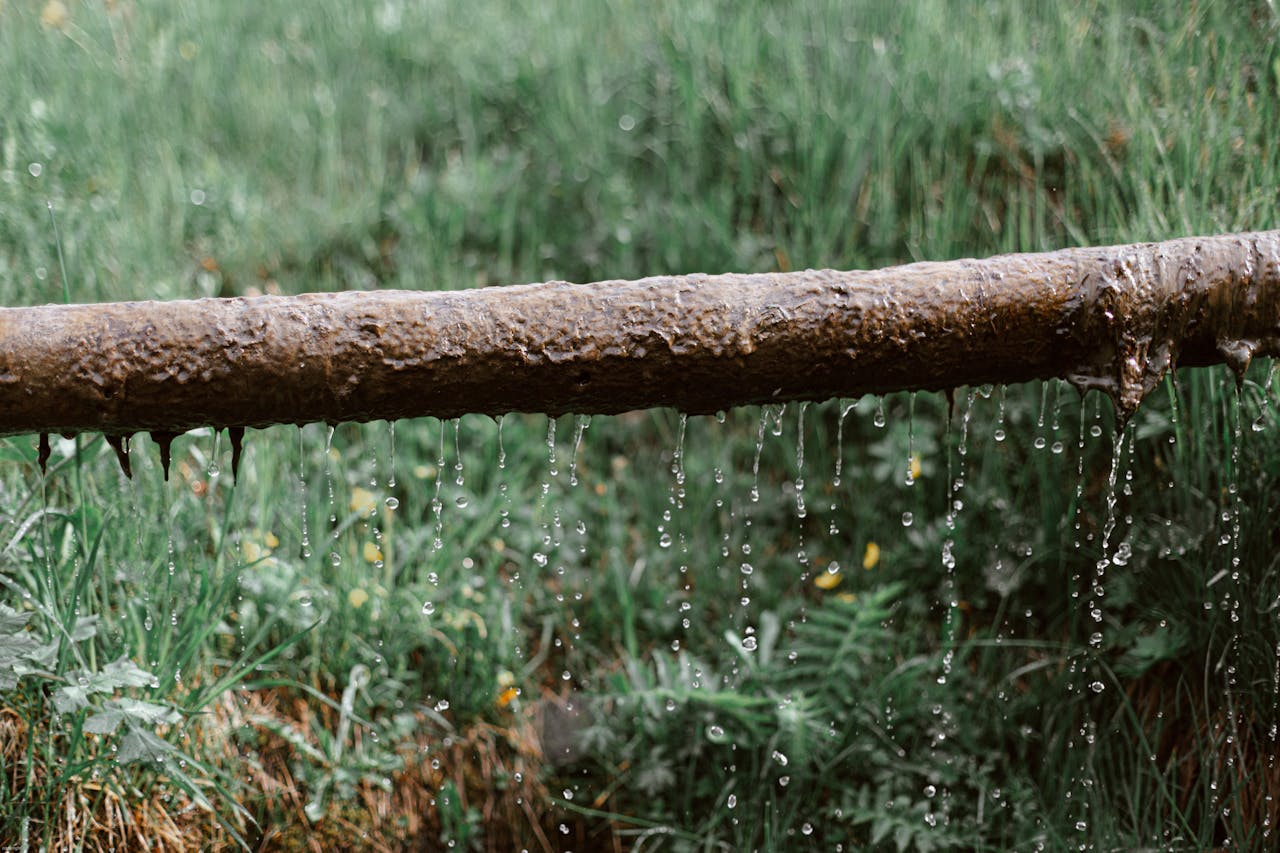Maintaining a clean and efficient sewer system is crucial for the well-being of any community. Often overlooked, sewer line cleaning is a vital aspect of infrastructure management that ensures the proper functioning of waste disposal systems. In this article, we delve into the significance of sewer line cleaning, its methods, and the benefits it brings to both individuals and municipalities.
The Need for Regular Maintenance
Sewer lines play a pivotal role in transporting wastewater from homes, businesses, and industries to treatment facilities. Over time, these lines can become clogged with debris, grease, roots, and other materials, leading to blockages and backups. Without regular cleaning and maintenance, these issues can escalate, causing sewer overflows, foul odors, property damage, and health hazards.
Preventing Blockages and Backups
One of the primary reasons for sewer line cleaning is to prevent blockages and backups. Accumulated debris and grease can constrict the flow of wastewater, leading to obstructions in the pipes. This can result in sewage backups into homes and businesses, posing significant health risks and requiring costly repairs. By proactively cleaning sewer lines, these blockages can be identified and removed before they cause major problems.
Ensuring Efficient Wastewater Flow
Clean sewer lines facilitate the smooth flow of wastewater, preventing sluggish drainage and backups. When debris and grease build up inside the pipes, they restrict the passage of water, causing it to flow slowly or become stagnant. Regular cleaning helps maintain optimal flow rates, ensuring that wastewater is efficiently transported to treatment facilities without causing backups or overflows.
Extending the Lifespan of Sewer Infrastructure
Sewer line cleaning is essential for preserving the integrity and longevity of underground infrastructure. Over time, debris, roots, and other obstructions can cause damage to sewer pipes, leading to leaks, cracks, and corrosion. By removing these materials through cleaning processes such as hydro-jetting and mechanical snaking, the lifespan of sewer infrastructure can be significantly extended, reducing the need for costly repairs and replacements.
Protecting the Environment and Public Health
A well-maintained sewer system is crucial for protecting the environment and public health. Untreated sewage backups and overflows can contaminate waterways, soil, and groundwater, posing serious health risks to humans and wildlife. By preventing blockages and ensuring the proper treatment of wastewater, sewer line cleaning helps mitigate environmental pollution and safeguard public health.
Methods of Sewer Line Cleaning
There are several methods employed for sewer line cleaning, each suited to different types of obstructions and pipe materials:
- Hydro-jetting: This method utilizes high-pressure water jets to dislodge and flush out debris, grease, and roots from sewer lines, effectively restoring optimal flow rates.
- Mechanical Snaking: A mechanical auger or snake is used to break up and remove obstructions such as roots and solidified grease from sewer pipes, allowing for improved drainage.
- Chemical Cleaning: Chemical agents are sometimes used to dissolve organic materials and grease buildup within sewer lines, although this method is less common due to environmental concerns.
- Rooter Service: Specialized equipment known as rooters are used to cut through tree roots that have infiltrated sewer pipes, preventing blockages and damage.
Conclusion
In conclusion, sewer line cleaning is a critical aspect of infrastructure maintenance that ensures the efficient and safe disposal of wastewater. By preventing blockages, backups, and environmental contamination, regular cleaning helps protect public health, preserve infrastructure integrity, and prolong the lifespan of sewer systems. Municipalities and property owners alike must prioritize sewer line cleaning to ensure the reliability and effectiveness of waste disposal systems for years to come.


